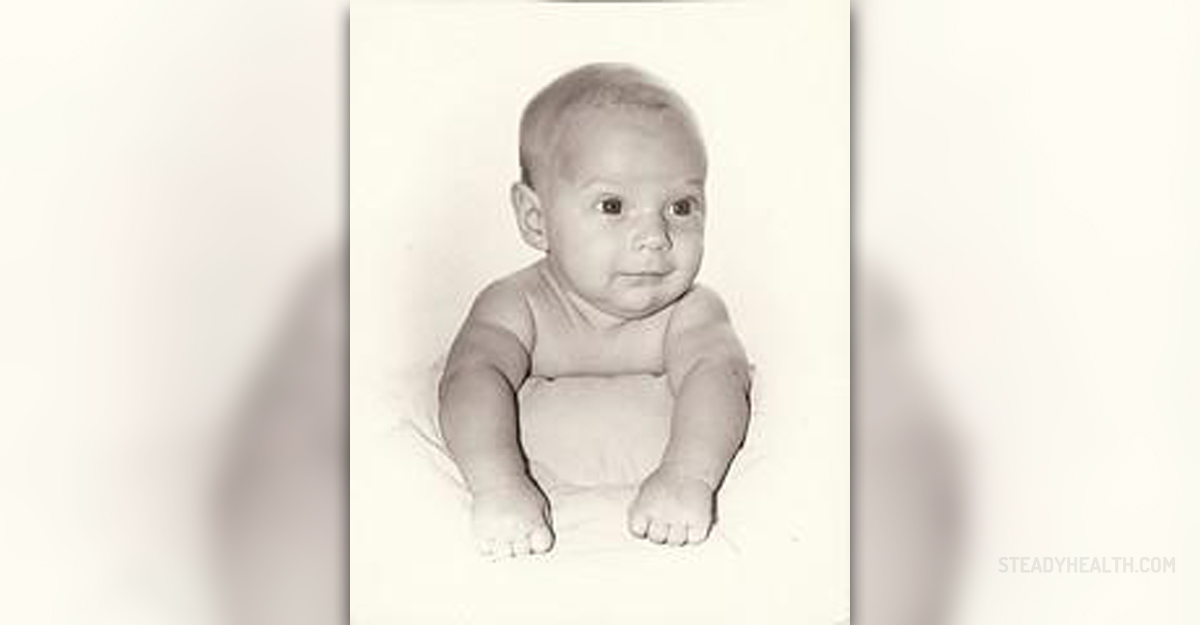
Searching for Answers
Sudden infant death syndrome is the primary cause of death of infants up to one year old, and it claims the lives of up to 3,000 children every year in the US. Although there have been many research studies and clinical trials performed in order to find out more about the causes as well as risk factors, there has not been much progress. The main risk factor which has been identified is placing infants of their stomachs to sleep instead of the backs. The infants that could be affected by SIDS do not have any underlying health problems, which makes the SIDS that much more mysterious as it takes place suddenly. In most instances, SIDS occurs during sleep and no signs of suffering are manifested. The SIDS does not develop from mild into severe nor does it present any symptoms. It is only concluded that an infant died of the syndrome when no other cause of death can be identified. Further, there have been a few more risk factors which contribute to SIDS and they usually act together. It should be noted that the cold weather is correlated with more deaths from the syndrome than any other climate conditions, while at the same time infants of Native American and African American descent are a couple times more probable to die from SIDS than their Caucasian counterparts. Also, SIDS is less prevalent in baby girls than baby boys. The instances of SIDS in the US remain high compared to other developed countries, while in Japan and the Netherlands there are the least number of cases. Aside from the primary risk factors, there are other elements than appear to be connected to SIDS. For instance, premature birth coupled with low birth weight, insufficient prenatal care, substance abuse during pregnancy, teenage mothers, overheating during sleep as a result of clothing and bed sheets, sleeping on the stomach, and smoking after birth of a child can all contribute to SIDS.
Potential Risk Factors
Many experts agree that raising awareness as well as informing the public and prospective new mothers about the risk factors of SIDS drastically reduces the instances of death caused by the syndrome. For instance, clinicians believe that all the new parents should be aware that various studies have found that placing the baby on the stomach to sleep rather than the side or the back increases the rate of SIDS. One of the proposed explanations states that there is pressure on the jaw which in turn reduces the airflow and interferes with breathing. Further, if the baby is surrounded by pillows and bedding, it is highly probable that it inhales the already exhaled air back and thereby increasing the levels of carbon dioxide in the body and decreasing the amount of oxygen. The lack of oxygen is a possible contributor to SIDS.
Tips for Reducing the Risk of SIDS
During the 1990s the American Academy of Pediatrics advised all parents and caregivers to place their babies on the backs only when sleeping. Since that period the death rate of SIDS has decreased by almost 50 percent, but the syndrome still remains the primary cause of death among infants. Experts also recommend consulting with the baby’s primary health care provider about the best sleeping position as many parents, for instance, fear the child could choke on spit or vomit even though such fears are usually without merit. The AAP also advised against sleeping on the side as the baby could easily roll over onto the stomach. Once the baby reaches 4 months of age and starts to roll over consistently, he or she will choose their own comfortable position, and it is perfectly natural and safe to let them. The AAP further recommends courses of action to reduce the instances of SIDS. For instance, keeping the room at an optimal temperature and not overheating is one way to try and eliminate the possibility of SIDS. The baby should sleep on a firm mattress and should not be surrounded by pillows or toys. Being actively engaged in proper prenatal care with a medical care provider reduces the risk of development of numerous problems, among them the SIDS. Smoking, drinking, and drug abuse should be avoided during and after pregnancy, and the baby should be sheltered from second hand smoke as well. Breastfeeding, coupled with regular doctor checkups improve the overall health condition of the infant thereby reducing the effects of any negative elements that may result in problems. It has also been found that infants who sleep with pacifiers are less likely to fall prey to SIDS. Lastly, experts recommend that the babies sleep in their cribs separately from the parents but in the same room. Placing the baby in the parents’ bed should be avoided. In cases in which the SIDS death does occur there are various types of support groups organized to help the parents deal with the tragedy.


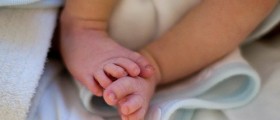


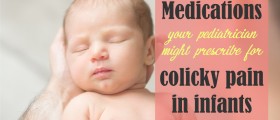
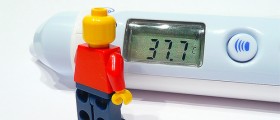
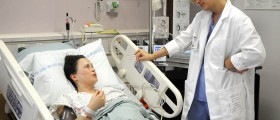
_f_280x120.jpg)

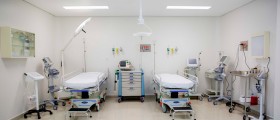

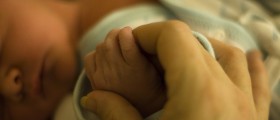




Your thoughts on this
Loading...